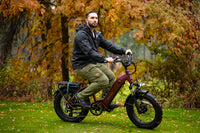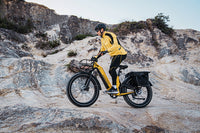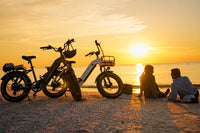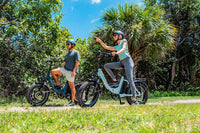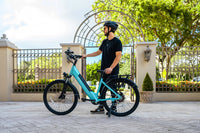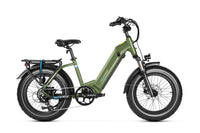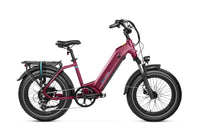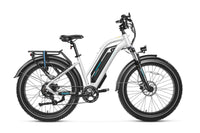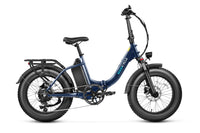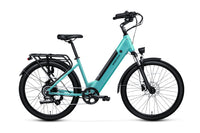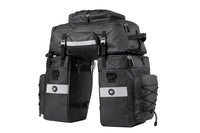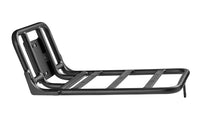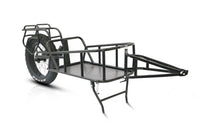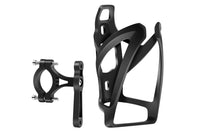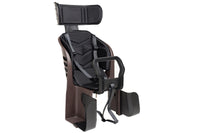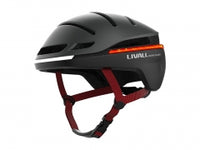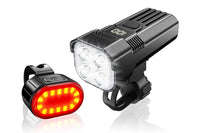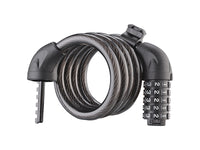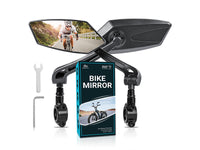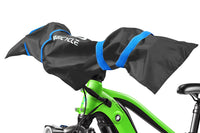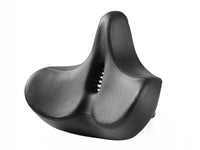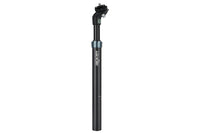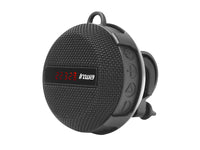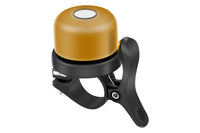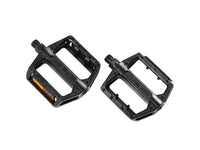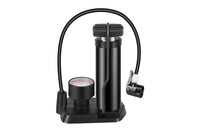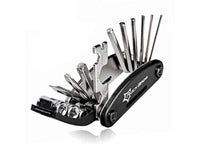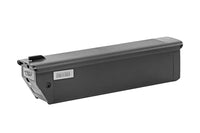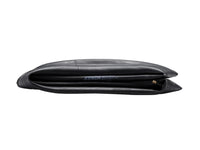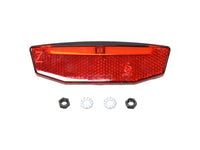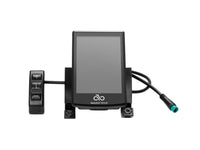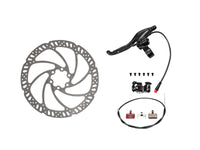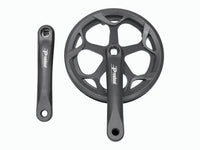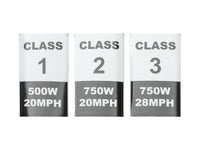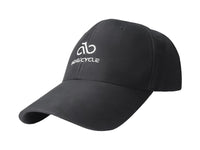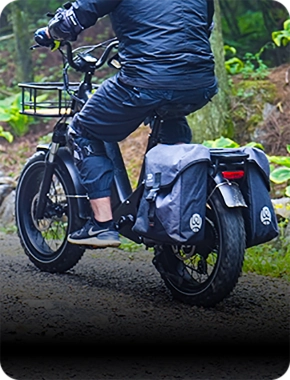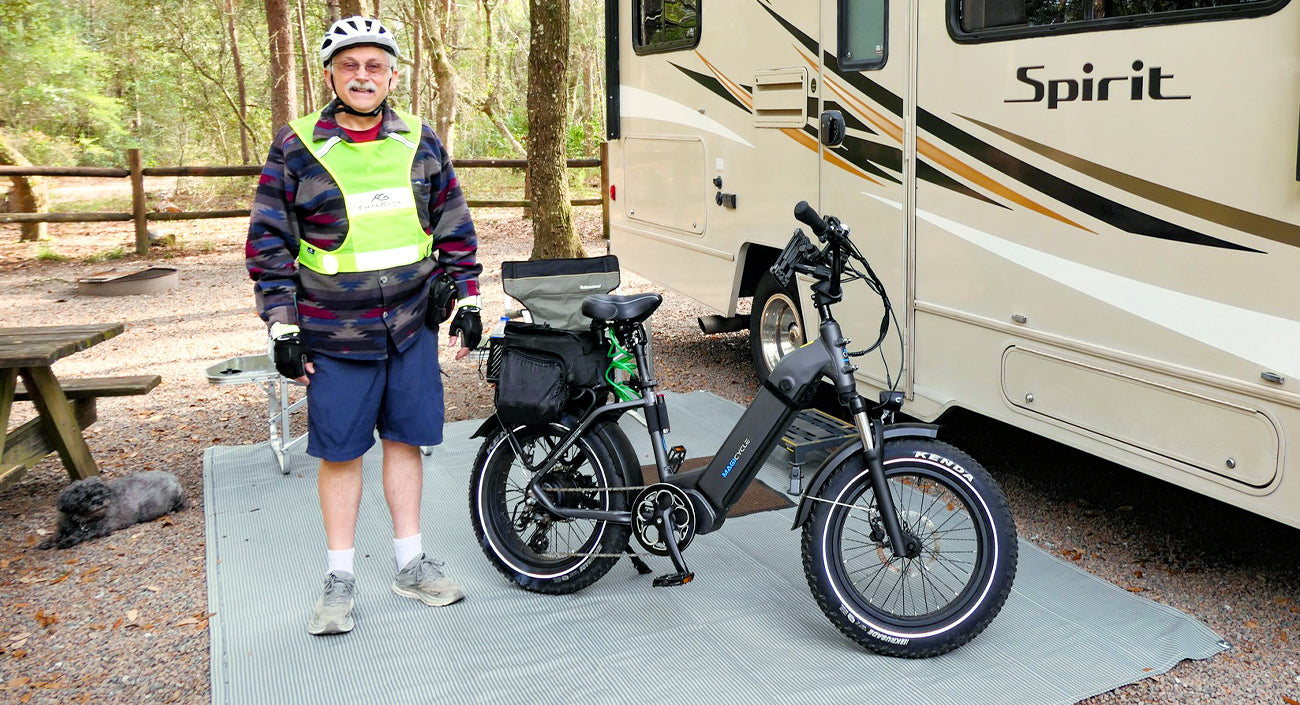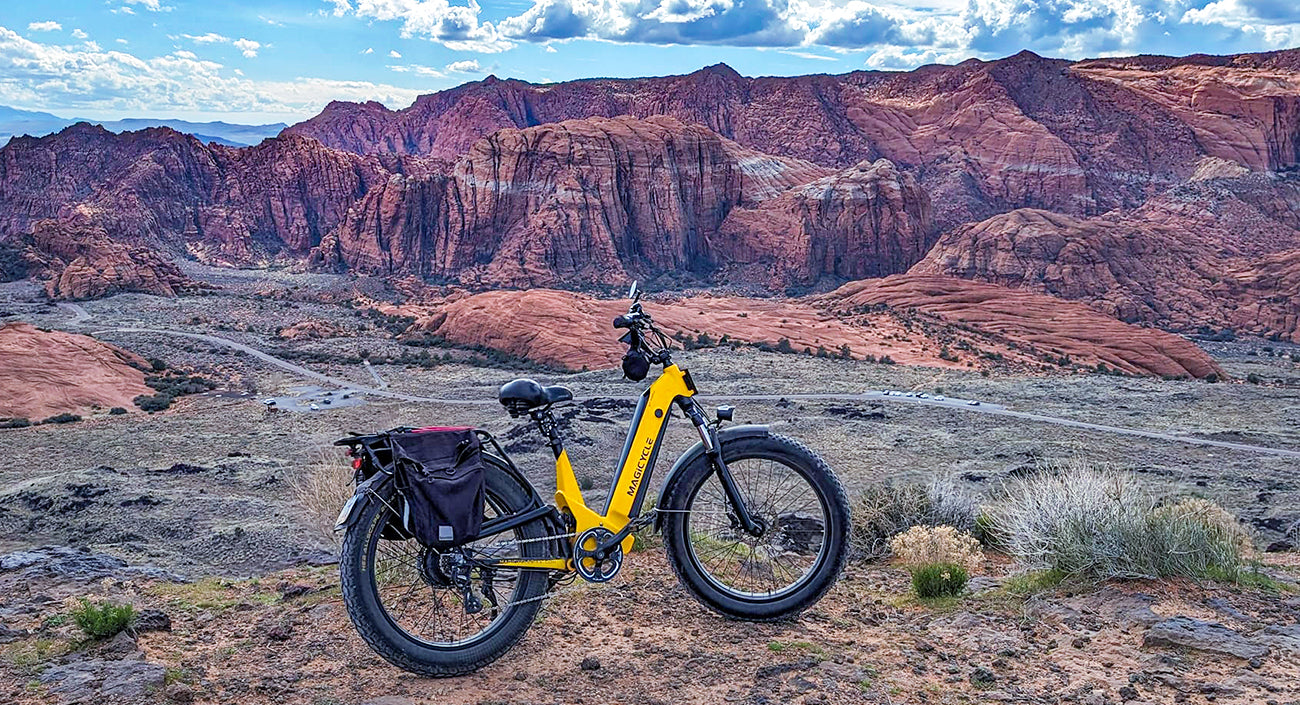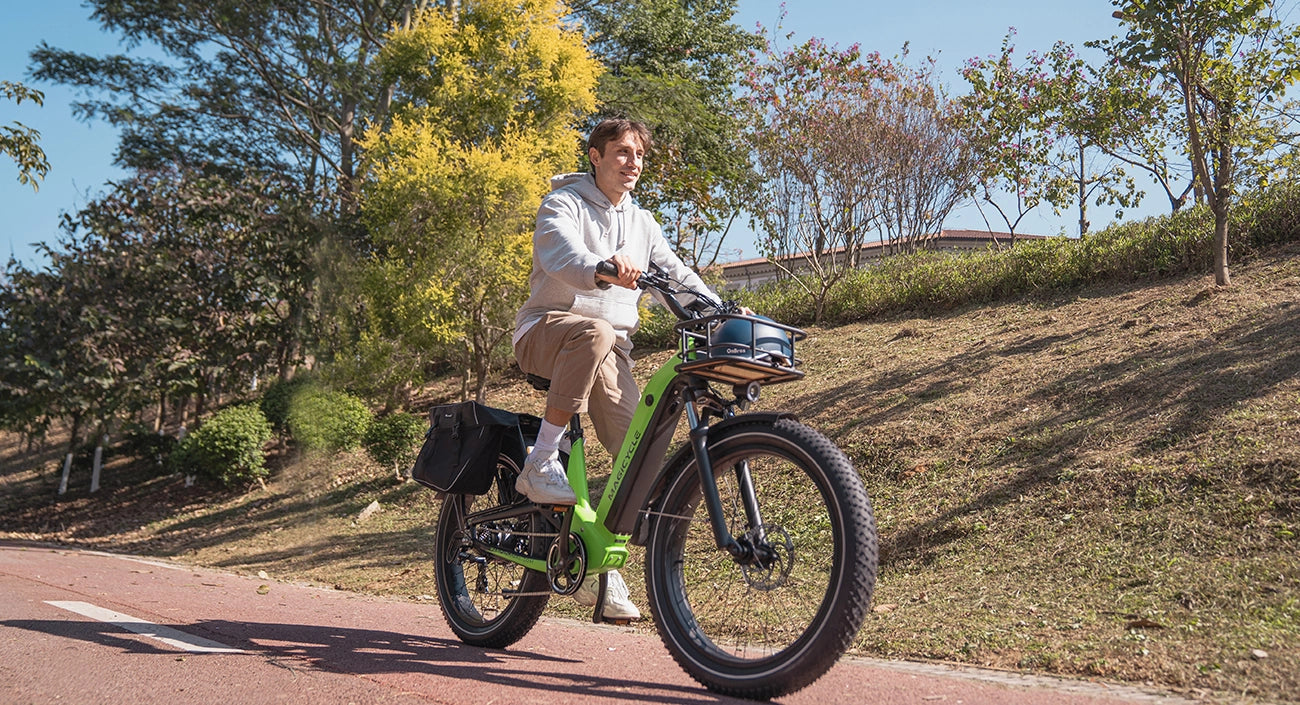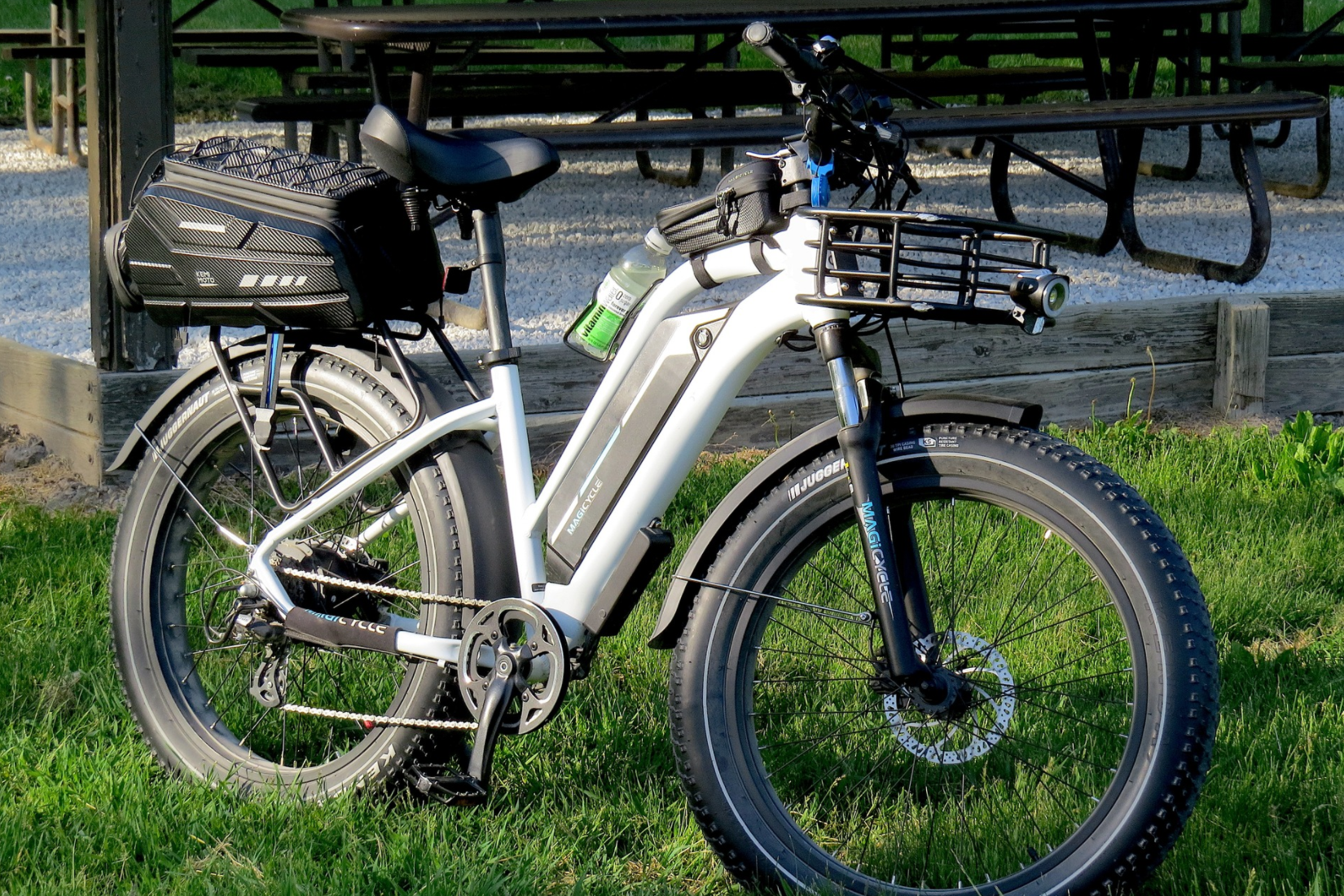 August 01,2025
August 01,2025
 August 01,2025
August 01,2025
Electric bikes (e-bikes) are becoming a popular choice for commuting, exercise, and leisurely rides across the United States. However, e-bike laws and regulations in the U.S. continue to evolve in 2025, making it essential for riders to understand the legal requirements before hitting the road. This guide outlines the key regulations for 2025, covering classifications, speed limits, helmet laws, age restrictions, and permitted areas.
The Three-Class E-Bike System
Most states in the U.S. have adopted a three-class system to regulate e-bikes, which aligns with the national trend of standardizing e-bike categorization. This system clearly defines the rules for different types of e-bikes.The Consumer Product Safety Commission (CPSC) defines three e-bike classes in the USA:
Class 1 E-Bike
- Operation: Pedal-assist only (no throttle)
- Speed Limit: Motor stops assisting at 20 mph
- Where Allowed: Bike lanes, shared-use paths, and roads
- License: Not required in most states
Class 2 E-Bike
- Operation: Throttle-assisted (motor can operate without pedaling)
- Max speed: 20 mph
- Where Allowed: Most bike paths, roads, and some trails
- License: Not required in most states
Class 3 E-Bike
- Operation: Pedal-assist only (no throttle)
- Speed Limit: Motor stops assisting at 28 mph (Requires a speedometer)
- Where Allowed: Often restricted from multi-use paths but allowed on roads and bike lanes
- License: Depends on state (some require helmet & age restrictions)
⚠ Important Exceptions to Note:
- Some states and cities impose additional regulations, including licensing requirements for Class 3 e-bikes, banning throttles on Class 3 e-bikes and restricting their access to certain trails, etc.
- If your e-bike exceeds 28 mph or 750W, it may be classified as a motorcycle/moped. This means you’ll need a license, registration, and insurance, just like a motor vehicle.
Speed Limits
While class determines baseline speed limits (20 mph for Classes 1/2, 28 mph for Class 3), local jurisdictions may impose lower limits in specific areas. For example:
- School zones
- Crowded downtown districts
- Pedestrian-heavy zones
Always check local signs—speed limits here could drop to 10–15 mph, even for Class 3 e-bikes.
Helmet Laws
Unlike many other countries, the U.S. does not have a federal helmet mandate for e-bike riders. Instead, helmet requirements vary based on state and local laws, e-bike class, and rider age, resulting in a complex patchwork of regulations.
Age-Based Regulations:Many states implement helmet laws based on the rider's age, often requiring helmets for riders under 16 or 18.
Class-Specific Regulations:Faster e-bikes, especially Class 3 models that assist up to 28 mph, often face mandatory helmet laws; in some instances, these laws apply to all riders regardless of their e-bike class.
Examples of State Laws:
- Connecticut:Requires helmets for all e-bike riders and passengers, regardless of age or e-bike class.
- California:Requires helmets for riders under 18 on Class 1 and 2 e-bikes, and for all riders of Class 3 e-bikes.
- Florida, Maine, and Maryland:Require helmets for e-bike riders and passengers under 16.
- New Jersey:Requires helmets for e-bike riders under 17.
- New York:Requires helmets for e-bike riders under 14.
- Georgia, Louisiana, Ohio, Tennessee, Virginia, and West Virginia:Require helmets for all riders of Class 3 e-bikes.
- Arkansas:Requires helmets for riders and passengers of Class 3 e-bikes under 21.
- Colorado, Indiana, Michigan, New Hampshire, South Dakota, and Utah:Require helmets for riders of Class 3 e-bikes under 18.
Pro Tip:Regardless of the varying helmet laws, safety remains a constant. Wearing a properly fitted helmet is the simplest way to protect yourself,because accidents don’t consider your age or e-bike class before they happen.
Age Restrictions
Most states set minimum age requirements for e-bike riders:
- Class 1 & 2 e-bikes – Often there is no minimum age, but some states (e.g., New York) require riders to be 16+.
- Class 3 e-bikes – Most states set a minimum age of 16(e.g., North Carolina).
Licensing and Registration Requirements
Most states do not require licensing or registration for Class 1 and Class 2 e-bikes, treating them like traditional bicycles. However, some states or cities may have different rules, especially for Class 3 e-bikes or those used for commercial purposes, which are considered mopeds or motor vehicles, especially if they exceed 20 mph.
More notable exceptions in 2025 include:
- Alaska: Requires a driver’s license for all e-bikes, regardless of class.
- Alabama: Requires a driver’s license and registration for all e-bikes.
- Hawaii: Requires registration for all e-bikes.
- Massachusetts: Requires a driver’s license and registration for e-bikes capable of 25 mph or more.
- New Jersey: Class 3 e-bikes require a driver’s license, registration, and insurance.
Where You Can/Can’t Legally Ride
- Roads and Bike Lanes:All classes are typically allowed.
- Multi-Use Paths:Class 1 and 2 are usually permitted; Class 3 is often restricted.
- Trails and National Parks:Some states allow Class 1 e-bikes on non-motorized trails, but Class 2 and Class 3 e-bikes may be restricted.
- Sidewalks:Most states prohibit e-bikes on sidewalks, especially Class 2 and Class 3 models.
Pro Tip:Check your local city or county regulations, as some areas have stricter rules than state laws.
Magicycle E-bikes
Magicycle offers a range of high-performance e-bikes, including the Cruiser Pro, Ocelot Pro, Deer, Jaguarundi, and CT-1 Commuter, all equipped with a 750W motor and adjustable speed settings. While these models provide flexibility for riders, their power and speed capabilities require careful attention to U.S. e-bike laws to avoid unintended legal classification as a motorcycle or moped.
How Magicycle Models Fit into E-Bike Classes
Default Mode (Class 2):
Throttle-assisted operation (no pedaling required).
20 mph max speed—compliant with Class 2 regulations in most states
Adjusted Mode (Class 3):
Speed can be increased to 28 mph, meeting Class 3 criteria.
Critical Note: Many states ban throttles on Class 3 e-bikes, requiring pedal-assist only. Riders who unlock higher speeds may inadvertently violate laws unless they disable the throttle.
Special Legal Considerations for Magicycle Riders
Motor Power & Classification
The 750W motor may push some models into moped/motorcycle territory in states with strict wattage limits (e.g., 500W caps in some areas).
Tips:Check whether the state require licensing, registration, and insurance if locally classified as a motor vehicle.
Speed Adjustments & Compliance
Riding at 28 mph (Class 3) often results in the following regulations:
- Helmet mandates for all riders.
- Age restrictions (typically 16+).
- Bans on multi-use paths or bike trails.
Throttle Use:If your state prohibits throttles for Class 3, ensure your e-bike is switched to pedal-assist-only mode when riding at higher speeds.
Pro Tip:Although Magicycle offers versatility, riders must actively ensure their setup aligns with local laws to avoid fines or confiscation. When in doubt, default to Class 2 mode (20 mph + throttle) for the widest legal acceptance.
Tips for Safe and Legal Riding
- Check your e-bike class (avoid illegal modifications).
- Wear a helmet (even if not required).
- Familiarize yourself with local laws before riding in a new state.
Where to Find Official Regulations
For the most accurate and updated information,you can check the following sources:
- E-Code of Federal Regulations(federal standards)
- PeopleForBikes E-Bike Law Database(state-by-state guides)
- Bike League(local and state updates)
- GHSA State Laws (road safety regulations)
Conclusion
E-bike laws vary by state, so always verify local rules before riding. By staying informed, you can enjoy your e-bike safely and legally,whether commuting or exploring new trails.


















































